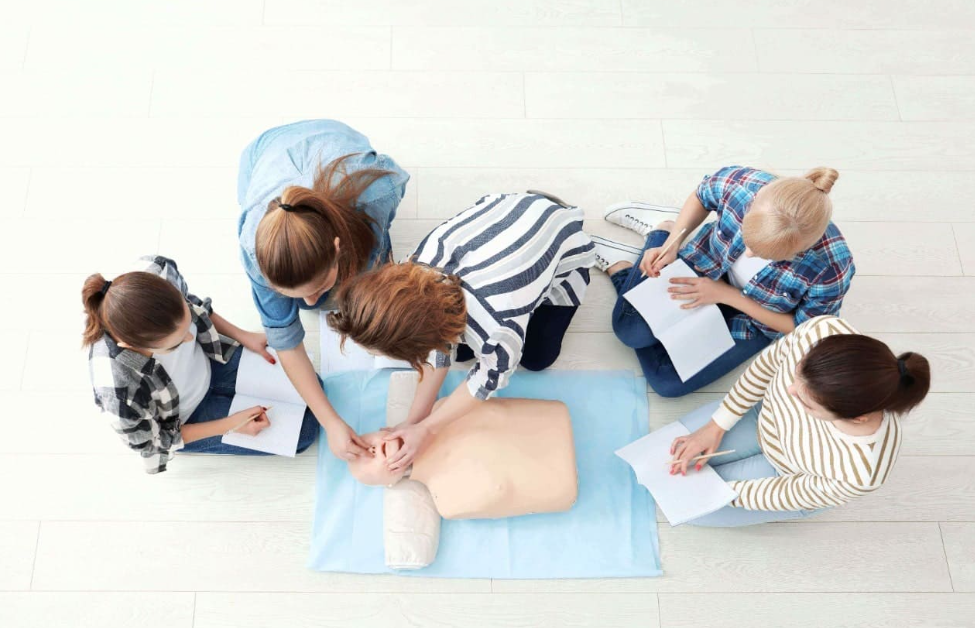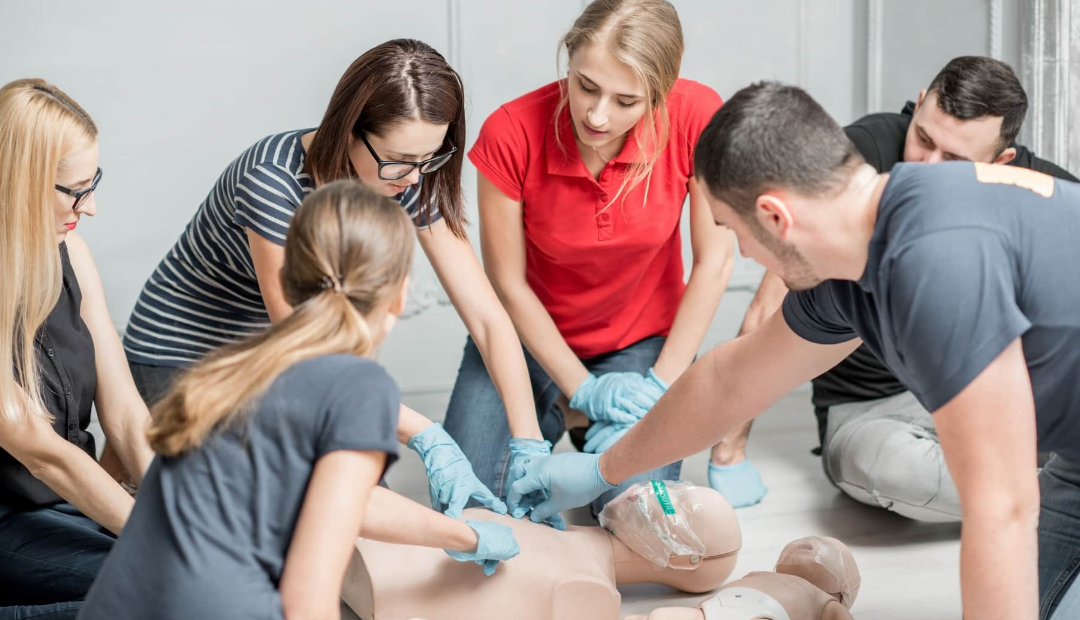Cardiopulmonary Resuscitation (CPR) is a kind of first aid that is a life-saving technique. The CPR course can be done by any common man to help people in emergencies like a heart attack or drowning. The CPR needs fast and hard chest compressions as directed by The American Heart Association.
How to enroll in a CPR course?
CPR is known to be a social service and only those common people who desire to serve the needy will opt for the course. Before getting the information on these courses, we will see what this service means and what its concepts of this are.
Untrained – If you are not trained in CPR then you can give hands-only CPR. Such paramedics indicate that 100-120 compressions a minute are good to achieve.
Trained – A trained person can perform the C-A-B based on the need of the person in trouble. If there is no pulse for 10 seconds, start about 30 chest compressions and two rescue breaths alternately.
Trained but No Practice – Trained but without confidence, a person can follow only chest compressions at the rate of 100-120 per minute.

CPR Training:
Many well-known organizations like the Red Cross carry out CPR courses across the world. The course can be done physically or digitally. The CPR course online is also available to make more people aware of the benefits of the service. One can avail of any of the following courses on offer:
- Adult CPR/AED
- Adult and Pediatric CPR/AED
- 1-year provisional adult FA/CPR/AED skill session
- Adult first aid/CPR/AED-BL
- Adult and pediatric CPR/AED-BL
- 1-year provisional adult and pediatric FA/CPR/AED skill session
Importance of CPR training:
With over 5 lac cases of cardiac arrest every year, one can contribute to playing a key role between life and death by getting CPR training. There is nothing more valuable than providing support when it is needed the most.
The training includes one-to-one and interactive sessions to build a team of health-conscious people. The courses are approved by the regulatory body and teach us to take care of a person in trouble. The training is developed and conducted by experts who give timely feedback on progress.
Conclusion
The important steps of C-A-B (compressions, airway, breathing) must be followed properly to demonstrate the best skills after the CPR course.
Click here for more information.

